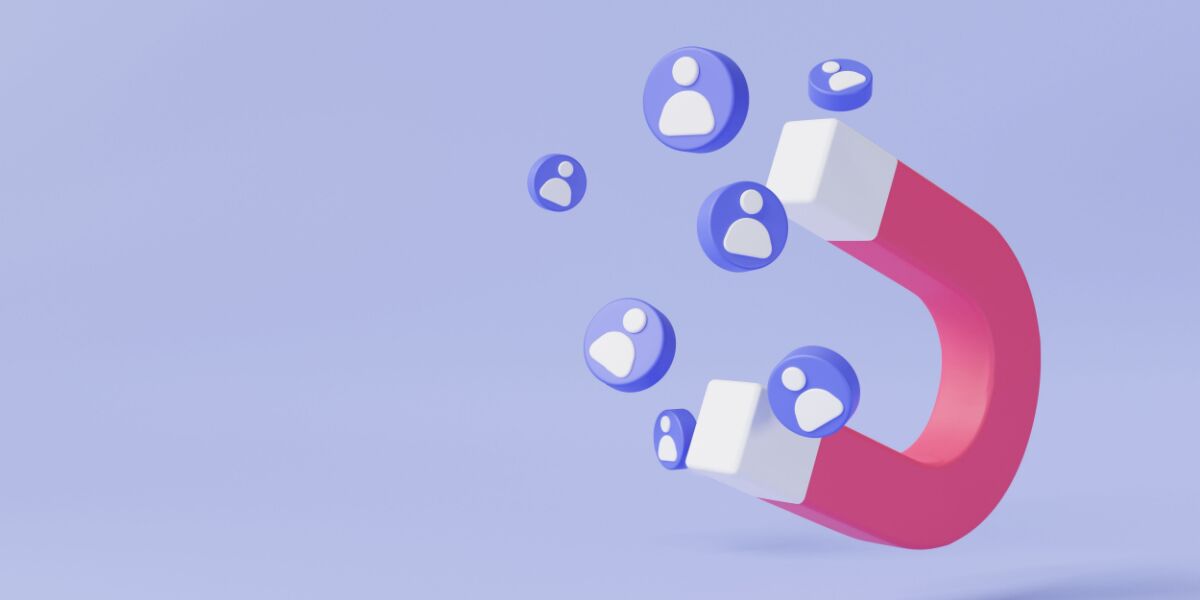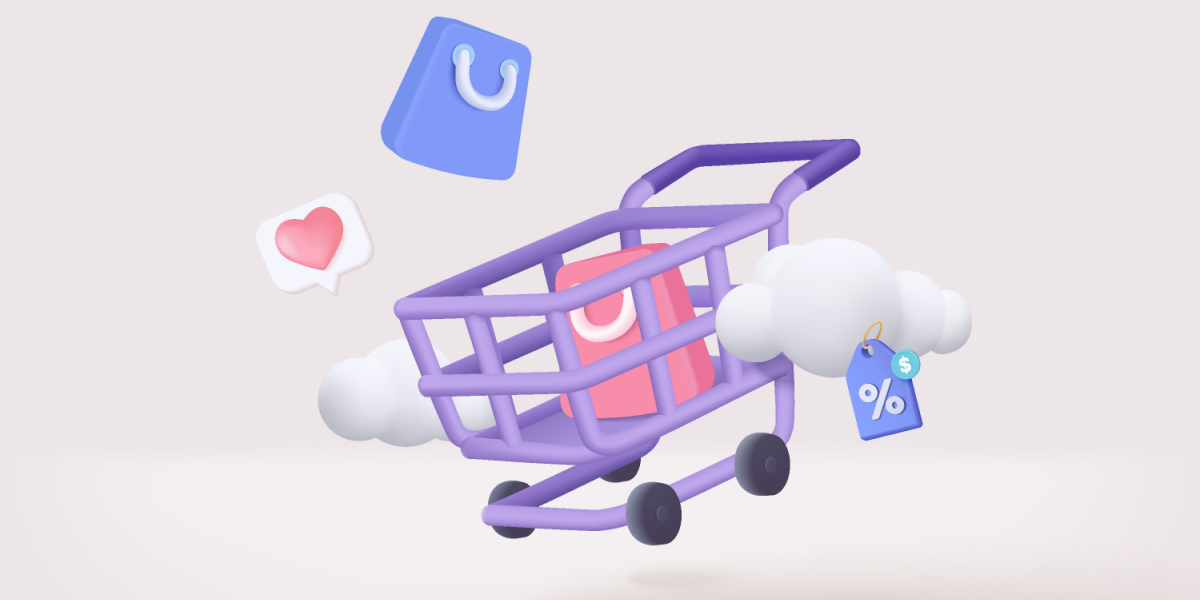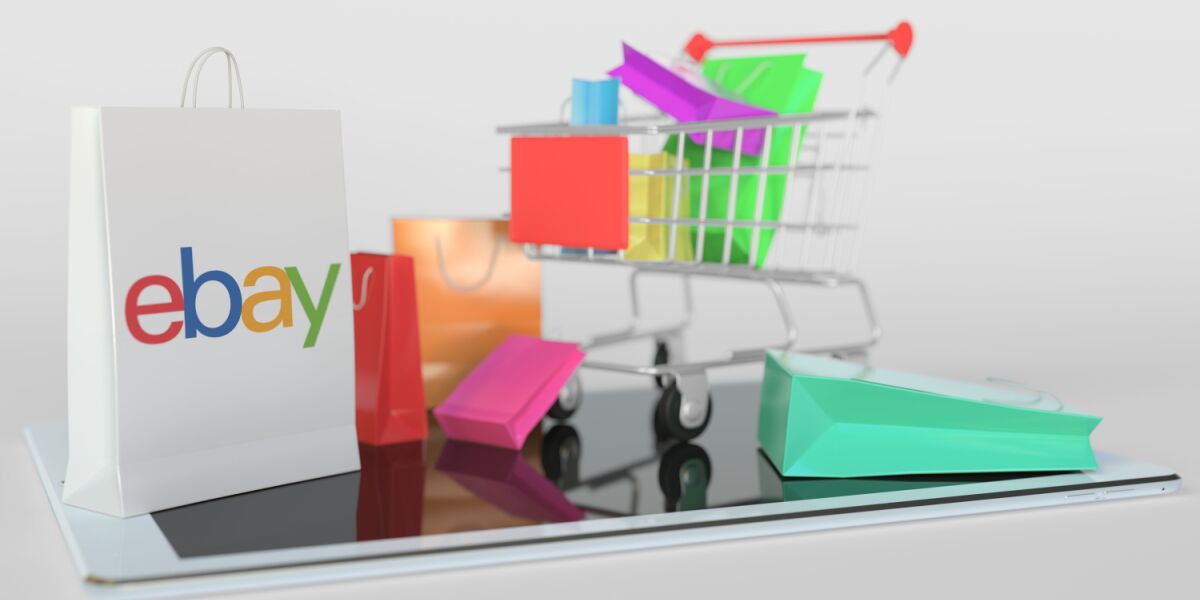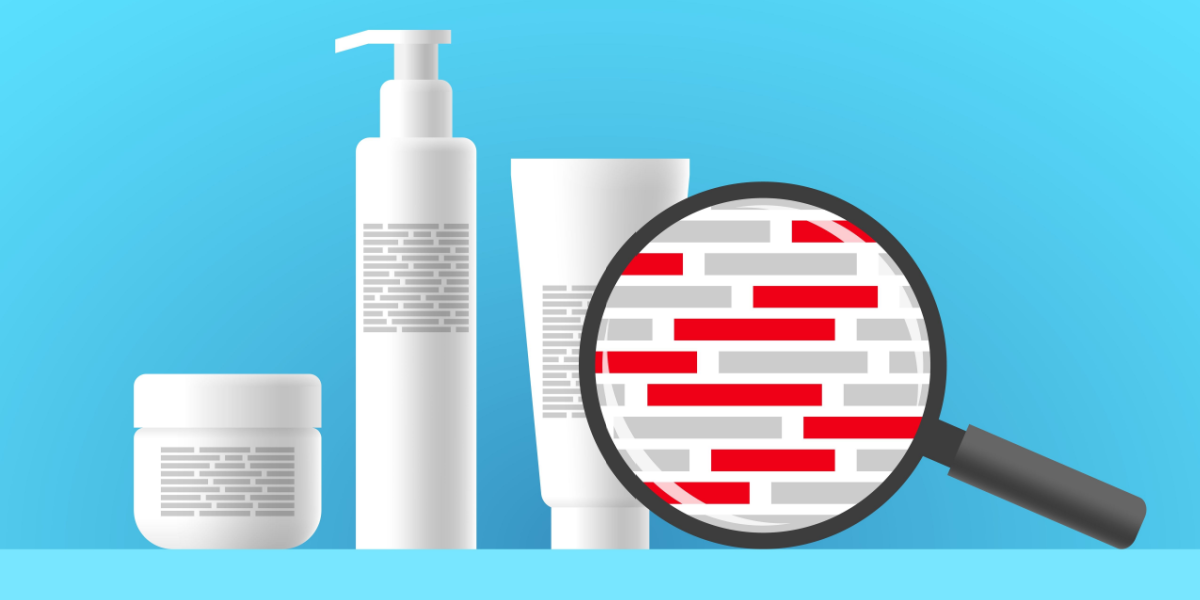Businesses with repeat customers are healthy businesses. If your customers are coming back again and again, that must be a sign that you’re doing something right. Increasing customer retention isn’t just about creating warm, fuzzy feelings; it also has a dramatic impact on the bottom line. Increasing your customer retention can drive revenue and profitability.
We’ll give you all the information you need to turn your business into a customer retention machine, including what customer retention is, why it matters, and how to improve it. Whether you’re looking to start and scale a new business or improve retention for an existing business, we’ve got you covered.
Table of Contents
How Customer Retention Increases Profitability
How to Measure Customer Satisfaction
7 Customer Retention Strategies
5 Steps to Solve Customer Retention Problems
What Is Customer Retention?
Customer retention refers to a business’s ability to turn new and existing customers into loyal repeat customers. Retention is the process of reducing your business’s customer churn rate and increasing your customer lifetime value.
Are you wondering what the heck a customer churn rate or customer lifetime value is? Let’s take a beat and break those down.
Don’t Skip: 11 Ecommerce Tips to Grow Your Brand in 2024
Customer Churn Rate
Your customer churn rate is the rate at which customers stop shopping with/doing business with your company. Customer churn rate is pretty much the opposite of your customer retention rate, and it’s also commonly referred to as your “customer churn” or “rate of attrition.”
To calculate your churn rate, you can use the following simple formula:
Customer Churn Rate = (Lost Customers / Total Customers at the Start of the Measured Period) x 100
Dividing your lost customers by the total customers you had at the beginning (of the period you’re measuring) will yield a decimal point. By multiplying that number by 100, you render the solution as a percentage point.
Let’s take a look at an example. If you had 1500 customers at the beginning of the year, and over the course of the year, you lost 128, we would calculate your customer churn rate by dividing 128/1500. The solution is .085, which we would then multiply by 100 for a percentage. In this case, your customer attrition rate would be 8.5%. According to Statista, the churn rate for general retail businesses in 2020 was 24%.
Customer Lifetime Value (CLV)
Your customer lifetime value (CLV) is a measurement of how much business a customer does with your company throughout the entire relationship, giving you a sense of how much that relationship is “worth” to your business. Loyal customers will likely have a high CLV, whereas an unsatisfied customer will have a lower CLV. The goal for all businesses is to maximize CLV so that your business and marketing efforts are working as efficiently as possible. The more you maximize your customer value, the more profitable your business can be.
To measure your CLV, you can use this simple formula:
Customer Lifetime Value (CLV) = Average Order Total x Average Purchases Made in a Year x Average Customer Retention Time (in Years)
For example, let’s say your average order total is $100. Your customers typically make three purchases in a year, and your average retention rate is two years. In this case, your customer’s lifetime value would be $600.
Now, let’s imagine that you invest in customer retention efforts and increase your average retention time by six months. That would increase your customer lifetime value by 25% (or $150). If you increased your average retention time by a year, you’d increase your CLV by 50% (or $300).
How Customer Retention Can Increase Profitability
Customer retention might be the single best thing that you can do to increase ROI and profitability. Keeping customers is dramatically cheaper than acquiring new ones. It can cost as much as 5 times more to acquire a new customer than to sell to keep an existing customer. Yet, only 40% of companies have an equal focus on acquisition and retention.
Even though it pays to retain customers, most businesses tend to put more of their attention and resources into customer acquisition. This has created an opportunity in the market for businesses to earn dividends from really investing in customer relationships. Spend some time reading reviews online, and you’ll quickly sense the budding frustration for the “acquisition at all costs” strategy. Many businesses are really good at giving their customers a lot of time, energy, and information until they convert. And then poof, you can’t get a hold of anyone anymore. This is a recipe for customer churn, and yet, it’s how many businesses continue to operate.
By rejecting that model and investing in customer retention strategies, your business can go a lot further with a lot less. Plus, the flip on the business-as-usual model will likely pay dividends in your word-of-mouth advertising.
How to Measure Customer Satisfaction
Customer satisfaction is your primary lead measure (an indication that you’ll hit your goal) for customer retention. The best way to measure customer satisfaction is through the use of surveys. Our guide on customer satisfaction outlines everything you need to know, including how to create customer satisfaction surveys, what questions to ask, and the best tools to use. Here’s the short version.
- Create a survey that fits under one of the following categories: Net Promoter Score (NPS), Customer Satisfaction (CSAT) surveys, or Customer Effort Score (CES) surveys.
- Keep your surveys short and easy to use.
- Use scaled (1-10) and multiple-choice whenever possible, so the questions are easy to answer.
- Survey a wide variety of customers.
- Analyze the data for trends and isolated experiences that require attention.
7 Customer Retention Strategies
These tried-and-true customer retention strategies have helped businesses across the globe increase customer satisfaction and retention.
1. Pay Attention to Customer Satisfaction
Data gives you the basis for making informed business decisions. One of the best things you can do to increase customer retention is to pay attention to customer satisfaction. Survey your customers to assess how effectively you’re meeting customer needs, and pay attention to the answers that you get. Look at the answers you get from a satisfied customer compared to an unhappy customer. Were there breakdowns in the customer experience that resulted in the happy customer having a different (and better) experience than the unsatisfied customer? If so, what can you do to create more consistency across your customer base?
If your customers have consistent complaints about the quality of your products, that’s a sign to look at your manufacturing process (or have quality discussions with your vendors). If your customers voice repeated complaints about being confused or finding contradictory information, that’s a sign that your marketing efforts could use a little work (in this case, you’d want to pay attention to clarity and transparency).
You can also use social media as a source of customer feedback. What comments are you consistently finding on your social media channels? Pay attention to it, even if it feels like it contradicts your idea of what your customer experience is or should be. You won’t find a more data-backed customer retention strategy than paying attention to the feedback you’re getting from existing customers. Get the most out of it.
2. Create a Loyalty Program
Loyalty programs can be an effective strategy for maximizing customer satisfaction and increasing your customer lifetime value. Customers who are enrolled in a loyalty program are 62% more likely to spend with the brand, and they’re 59% more likely to choose that brand over competitors. If you’re looking for an easy-to-implement strategy for retaining customers, consider creating a loyalty program for your business.
We’ve spent a lot of time looking at strategies to build a customer loyalty program that works. For the full rundown, check out our guide to loyalty programs. The best loyalty programs are those that get used. You want a consumer to feel like they’re being rewarded for being a loyal customer. You can do that by following the 5 strategies for a winning loyalty program. Your program should be:
- Personalized: Make it feel tailored to each customer.
- Unique: Set yourself apart from what the competition is offering.
- Accessible: Make it easy to enroll and easy to use.
- Rewarding: Find a reward that’s worthwhile for your customer base.
- Consistent: Keep messaging clear and consistent so customers know when and how they can use your program.
3. Invest in Customer Support
Investing in customer support resources is essential for healthy customer relationship management. No matter what steps you take, invariably, you will have an unhappy customer at some point or another. It’s just the nature of business and human error. Customer support plays a vital role in ensuring that the experience contributes to increased customer loyalty instead of your customer churn rate.
If you’re building a customer support or customer success team from the ground up (or rebuilding it), the best practice is to focus on the three p’s: patience, professionalism, and people-first.
4. Create a Customer Retention Survey
Customer retention surveys are sent to customers at various points throughout the customer journey. By checking in at different times, you isolate where you’re hitting it out of the park and where your customer experience could use a little bit of work.
Customer retention surveys should be designed to gauge:
- Whether your customer service is meeting expectations.
- Pricing evaluation—how does your pricing compare with what the market will bear?
- How your marketing makes customers feel and whether they feel it accurately reflects your products/services.
- How does your competitor’s marketing compare to yours?
- If there are any isolated issues or if the customer is on the verge of leaving.
5. Center Your Current Customer Base in Your Marketing Strategies
Businesses put most of their marketing focus and budget on customer acquisition. To increase retention, try focusing your marketing on existing customers.
- Use data to address what they care about. You can pull from market research, customer satisfaction surveys, and customer retention surveys to identify the issues, causes, and pain points that matter to your customers. Find ways to engage with those issues through your email marketing, social media, and content marketing.
- Use your ad spend. Dedicate a portion of your Google and social media advertising spending to remarketing to existing customers.
- Follow up. Create an email marketing cadence to reengage customers after they’ve made a purchase.
- Make them special. What kind of events or initiatives can you offer existing customers? Can you give them early access to a sale? After-hours shopping opportunities? Find ways to make your customers feel valued and special with tailored events and initiatives.
6. Surprise and Delight
One excellent way to improve customer retention is not just to meet their expectations but to blow their socks off.
Unless you are a sock-based business. In this case, blowing them off may be cause for a worldwide health and safety-based recall.
But regardless, by not only meeting your customer’s expectations but smashing them out of the park, they will appreciate that your business has gone above and beyond the expected norm and will be more likely to become a regular customer as a result.
Assess your post-purchase customer journey. Could your messages be better personalized? Could there be specific offers related to their purchase?
7. Setup Trigger Communications
Finally, we have already touched on the inclusion of follow-up emails as part of a customer’s post-purchase journey, but what about baking in some retention-based trigger emails, too?
For example, are you sending different birthday trigger communications based on purchase behavior?
What about trigger sends based on how long since a specific purchase? Some products will need replacing after one month, others after one year, and a customer’s post-purchase email trigger journey should reflect that.
5 Steps to Solve Customer Retention Problems
There’s a chance that you either discovered that you have a customer retention problem from reading this guide, or that’s why you came here in the first place.
So, what are you going to do about it?
First, it’s okay to struggle with customer retention. Pretty much every business on the planet has customer retention challenges. It’s important to know that even the biggest businesses have struggled with this issue at one point or another, so you’re not alone!
Releasing shame and guilt is an essential first step to tackling the problem with a clear head. If you step into trying to fix this issue with an air of denial or disbelief, you will find it nearly impossible to find the true root of your issue.
If you discover that you have a customer retention problem, you can triage the issue by following these steps.
1. Put All Hands on Deck with Customer Service
Customer service is one of the most common places that customer experience can go off the rails, and it’s your last line of defense against customer churn. If you find that your business has retention problems, get everyone involved in finding ways to improve your customer service. Create clear expectations for when customers can contact a representative and communicate those to your customer base. Look at your customer service response times. Can they be improved? If you don’t have the staff, can you ask other team members to pitch in? How is your customer service communication? Can you show more understanding? Are you offering satisfying solutions? Find ways to improve your customer service and you will improve your customer retention.
2. Show Appreciation for Your Customers
No one likes feeling unappreciated, and that includes your customers. Express gratitude early and often. Send a thank you email when a customer makes a purchase. Thank customers for their patience when issues arise. Offer meaningful perks (potentially as part of a customer loyalty program).
3. Take Action from Customer Feedback
At first glance, negative feedback can feel incredibly personal.
Especially when you have poured your blood, sweat, and tears into a new project or service, only to hear a customer’s purchase experience wasn’t absolutely perfect.
But it’s important to remember that any feedback isn’t personal (normally, anyway!)
Instead, take meaningful action from it.
If they’re complaining that a product has to be assembled when it arrives, update your product copy to reflect that assembly is required. If your shipping lead times are consistently longer than expected, at the very least you need to change your communication to reflect accurate lead times (Depending on the severity of the delays, you might want to wait until the products arrive in your distribution center before you sell any more).
The customer issues that arise vary from business to business, so there’s no one-size-fits-all solution. You just need to stay humble and take customer feedback to heart, even (and especially) when it’s difficult to do so.
4. Take Accountability
If you’ve had a severe breakdown in customer experience, you might want to consider sending an email to your customers acknowledging it. Let your customers know that you’ve heard them and you recognize that you’ve fallen short. Communicate the ways that you’re working to make it better. (At early stages, you might not want to share timelines for the fix… unless you’re certain you’ll hit them. The last thing you want to do is break a promise to your customers while you’re trying to make amends).
5. Focus on Your Budget
If you’re serious about solving your customer retention issues, it’s time to put your money where your mouth is and allocate specific resources to the issue.
That might mean having to cut certain passion projects or tools that aren’t supporting retention and using that time and money to dive deeper into the issue.
You could even hire external help with those funds, getting an impartial expert to assess your current customer journey and provide insight into what you should do to resolve the issue.
Without focusing the budget on the problem, you run the risk of it always being deemed as a low-priority issue that often gets left or only half-focused on.
Keep Learning: Shopping Cart Abandonment – Why It Matters and What to Do for Recovery
It’s Time to Get Fast and Focused Results
Speaking of getting external expert advice on your ecommerce brand, we’ve got you covered with our ecommerce free training.
Learn from 5x ecommerce founder Gretta van Riel, who will show you what to do and help you build your dream online business.
—
This article was updated with support from Graeme Whiles.


















